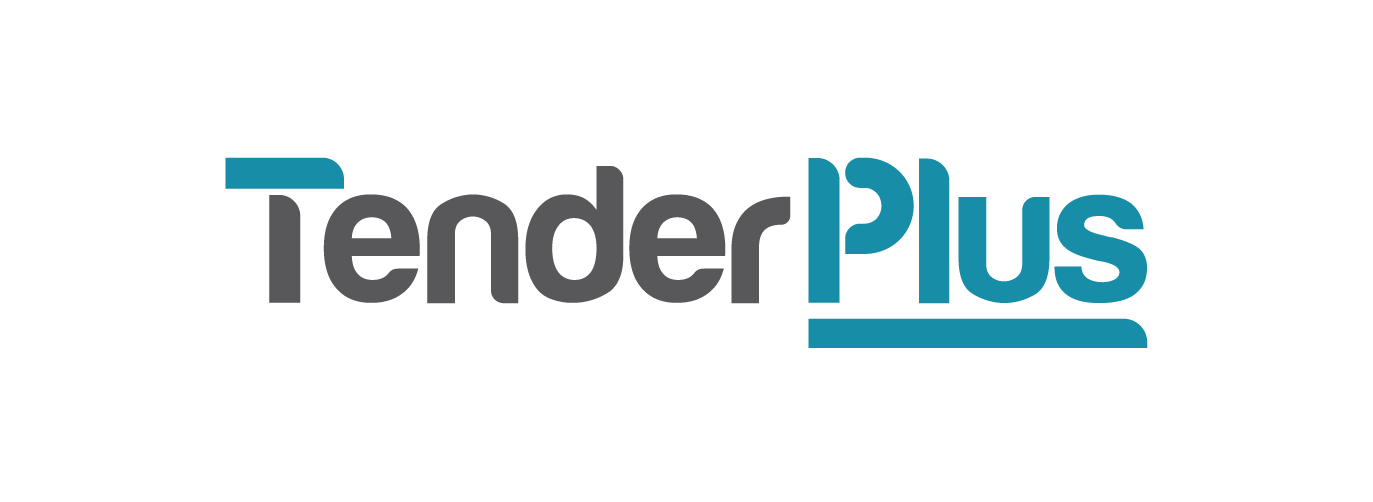How to use storyboarding for tender planning
Tender Plus Team
By mapping out a detailed framework of your response before your tender writing process begins, bid writers can effectively communicate the proposed solution and its value to the client, and ultimately increase the likelihood of winning. Here are six ways a storyboarding process can assist the tender planning process.
1. Use storyboarding as a planning technique for tender writing
Storyboarding is a planning technique used in tender writing to create a response outline for each question. It typically takes the form of a workshop facilitated by the bid writer and collects inputs from subject matter experts and key contributors who are familiar with the client and understand the tender. The storyboard document is used to capture the main requirements for each answer, providing tender writers with a content framework that addresses the criteria and is aligned to the client’s needs.
If you’re struggling to convert the specialist knowledge of subject matter experts into compelling tender writing, consider engaging our tender consultants for help.
2. Focus on the question first, and the response second
One of the most common mistakes we see in bidding is that the question posed by the client isn’t adequately answered in the response. This can take different forms, such as:
Not answering the question at all
Answering some, but not all parts of the question, or
Answering a different question altogether.
By deconstructing what the client is asking for and then mapping out a response, you can plan to write a convincing, compliant response that sets your bid apart from the competition.
This approach also helps to identify gaps in understanding of what the client is asking for, as well as gaps in the proposed solution. Identifying those gaps early and collectively agreeing how to address them will avoid a last minute “we haven’t addressed the question” crisis.
3. Assess each tender question thoroughly
Read all the tender documents thoroughly before the workshop and have a clear understanding of the client's needs, priorities and scoring methodology. Consult the stakeholders on which sections are relevant for storyboarding. Then be ready to share your analysis and insights in the workshop:
Break down what the client is really asking for in each question based on their needs, priorities and scoring methodology. Use this breakdown to create subheadings so you can fully answer the question.
Detail what you need to get across in your answer, including what evidence you can include as proof of your claims, and what sets your offer apart from your competitors.
Capture evaluation criteria which relate to the question so your writing is guided by what the evaluator will use to assess the response.
Identify where visual elements like charts, infographics, icons and tables can be used to clearly convey key information and elevate the narrative.
Reference content that can be repurposed from previous submissions or the bid library, including narrative and images.
3. Use colour coding to differentiate content elements
Colour coding is a useful visual aid to differentiate content elements of the storyboard and support the tender writing process that follows. Consider the following as a guide:
Blue – question breakdown
Grey – evaluation criteria
Pink – visual elements
Purple – repurposed content
4. Consult and collaborate with your team
The storyboard process isn’t just about collecting information. It should be a creative process that includes constructively challenging ideas through collaboration. Subject matter experts benefit greatly from engaging with other experts to work through how to articulate their solution and its benefits, including novel and compelling methods of presentation. To promote participation and engagement at your storyboard workshop use a guiding set of questions and a roundtable discussion format so that all attendees contribute in a nominated order.
5. Revise the storyboard if you need to
Because the storyboard is created in the early stages of the tender response process, your understanding of the client’s requirement might change or deepen as you progress. Sometimes this means some of the ideas captured in the storyboard won’t be on target, so don’t be afraid to develop a narrative that departs from the storyboard if you need to. It’s a guide, not a prescription. You don’t need to go back and update the storyboard, but you can be flexible about its application.
6. Allow plenty of time for the storyboard workshop
Depending on the length and complexity of the response required you might require multiple half-day workshops. And remember that length is not always an indicator of complexity. Tenders with tight page constraints or word limits can be an even tougher task for a bid writing team, because you need to make decisions about what not to include in the response. For example, a 20-page draft management plan can take longer to draft than a 70-page plan because so much has to be left out.
Storyboarding can be a helpful tool for create a well-structured and persuasive proposal that is tailored to the client's needs and clearly demonstrates the value of your offer. Contact Deborah Mazoudier to discuss how our tender specialists can help with your next tender.
